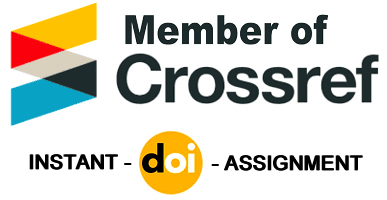Error Analysis of Article Usage Among Hausa-English Bilinguals: A Case Study of FCE Zaria Students
DOI:
https://doi.org/10.5281/zenodo.15446404Keywords:
Article usage, Error analysis, Hausa-English bilinguals, Interlanguage theory, Second language acquisitionAbstract
The accurate use of English articles (a, an, the) is a persistent challenge for many second language (L2) learners, particularly those whose first languages (L1) lack an article system. Among Hausa-English bilinguals, the absence of grammatical articles in Hausa contributes significantly to errors in English article usage. This study investigates the nature and patterns of article-related errors among 50 NCE 2 students at the Federal College of Education (FCE), Zaria. The problem addressed in this paper is the high frequency of article errors observed in the academic writing of Hausa-speaking students, which hinders their grammatical accuracy and communicative competence in English. To explore this issue, a mixed-methods research design was employed, combining quantitative data from written tests with qualitative data from classroom observations. The written tests included gap-fill exercises, sentence correction tasks, and short essays, while classroom observations captured students’ spontaneous spoken and written use of English articles. Data were analyzed through error categorization and frequency analysis. Findings reveal that omission errors (52%) are the most prevalent, followed by substitution errors (31%) and overuse errors (17%). The dominant omission errors are attributed to negative transfer from Hausa, which lacks a formal article system. Substitution errors reflect students’ difficulties distinguishing between definite and indefinite contexts, while overuse suggests rule overgeneralization. The study underscores the influence of L1 on L2 acquisition and recommends targeted instructional strategies, including contrastive analysis and contextualized teaching approaches, to enhance article usage proficiency among Hausa-English bilinguals.













